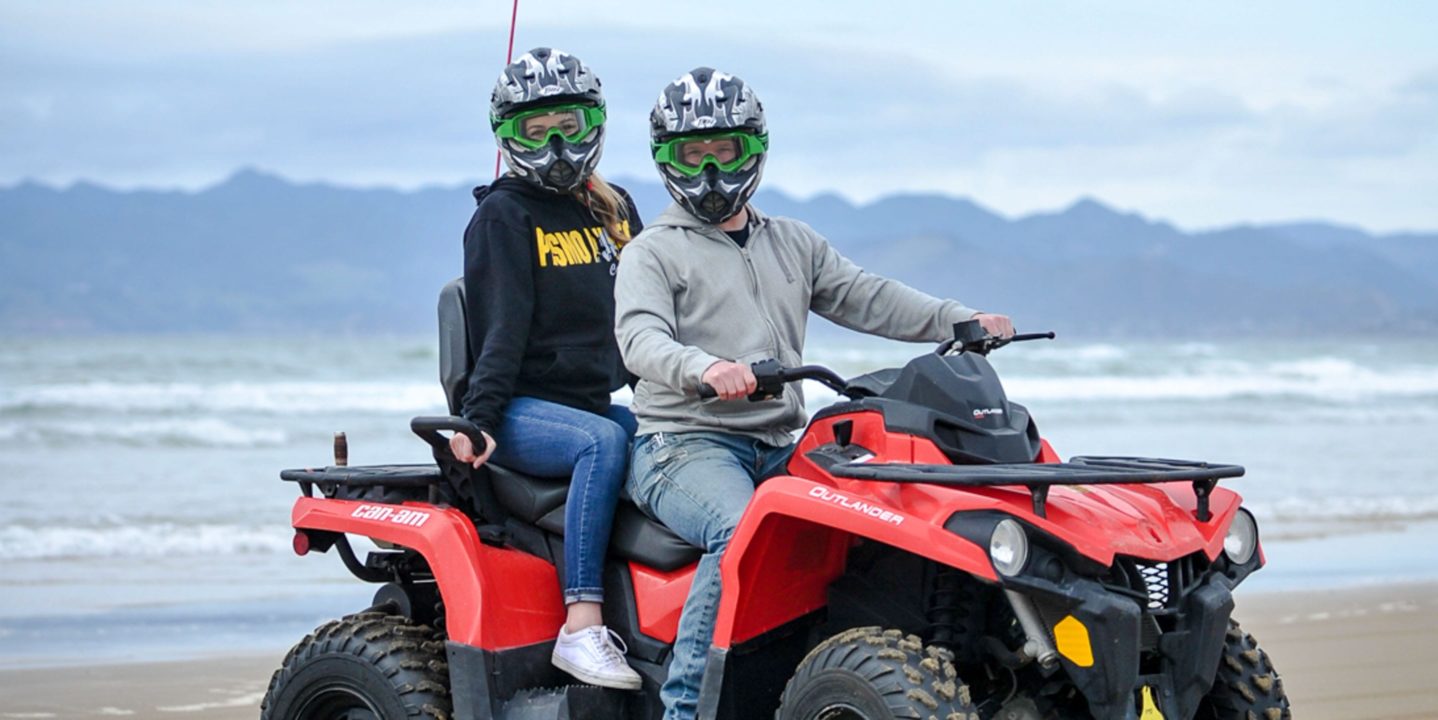Mastering the Trails: A Comprehensive Guide on How to Start Riding an ATV

Introduction
All-terrain vehicles (ATVs) offer an exhilarating and adventurous way to explore the great outdoors. Whether you’re a complete beginner or have some experience, learning how to ride an ATV safely and responsibly is paramount. This comprehensive guide will take you through the essential steps, safety considerations, and techniques to embark on your ATV journey confidently.
Understanding ATVs
Before delving into the riding process, it’s crucial to understand the basic components of an ATV. ATVs typically have four wheels, handlebars for steering, a throttle for acceleration, and brakes for stopping. Some models are designed for single riders, while others can accommodate a passenger. Familiarize yourself with the ATV’s controls, features, and safety mechanisms before attempting to ride.
Safety First
- Safety Gear: The most important aspect of ATV riding is safety gear. Always wear a helmet that meets safety standards, along with goggles or a face shield for eye protection. Additionally, invest in sturdy gloves, a long-sleeved shirt, pants, and over-the-ankle boots to shield yourself from potential hazards.
- Training: Consider taking a formal ATV safety training course. These courses cover essential topics such as riding techniques, safety guidelines, and state-specific regulations. Many regions require riders, especially younger ones, to complete an ATV safety course before legally operating the vehicle.
- Know Your ATV: Before starting the engine, thoroughly read the owner’s manual provided by the manufacturer. Understand the specific features of your ATV, including the location of controls, how to shift gears, and any additional safety features.
- Pre-Ride Inspection: Conduct a pre-ride inspection to ensure your ATV is in proper working condition. Check the tires, brakes, lights, and all fluid levels. Address any issues promptly before embarking on your ride.
Basic Riding Techniques
- Mounting and Dismounting: Mounting an ATV involves swinging your leg over the seat and settling into a comfortable position. Ensure your foot is securely on the footrest. Dismount by swinging your leg back over the seat and landing firmly on the ground.
- Starting the Engine: Turn the ignition key to start the engine. Familiarize yourself with the throttle, brake, and gear shifter. Most ATVs have an automatic transmission, making them user-friendly for beginners.
- Braking and Acceleration: Practice using the brakes and throttle in an open area. Get a feel for how much pressure is needed on the brakes to slow down or stop. Similarly, practice gradual acceleration to avoid sudden jerks.
- Turning: Turning an ATV involves leaning your body in the direction you want to go. Use the handlebars to guide the ATV, and remember to shift your weight to maintain balance. Practice turning in a controlled manner to avoid tipping.
- Shifting Gears (if applicable): If your ATV has manual transmission, practice shifting gears in a safe environment. Familiarize yourself with the gear pattern and practice smoothly transitioning between gears.
- Navigating Obstacles: As you gain confidence, practice navigating through various terrains and obstacles. Gradually increase the difficulty level, ensuring you can handle the ATV’s response to different surfaces.
Trail Riding Etiquette
- Respect the Environment: Stay on designated trails to minimize environmental impact. Avoid disturbing wildlife, and follow “Leave No Trace” principles.
- Follow Local Regulations: Be aware of local ATV regulations and adhere to speed limits and trail guidelines. Obtain any required permits or registrations before riding.
- Ride Responsibly: Avoid reckless behavior and maintain a safe speed, especially on unfamiliar terrains. Keep a safe distance from other riders and wildlife.
- Emergency Preparedness: Carry a first aid kit, tools for minor repairs, and a communication device. Inform someone about your riding plans and expected return time.
Conclusion
Starting to ride an ATV is an exciting venture, but safety and responsible riding should always be your top priorities. By understanding the basics, prioritizing safety gear, and practicing essential riding techniques, you can confidently navigate trails and enjoy the thrill of ATV riding. Remember, ongoing practice, respect for the environment, and adherence to safety guidelines will contribute to a fulfilling and safe ATV experience. So, gear up, rev that engine, and embark on your ATV adventure with confidence!







